STORY
Guatemala Village Health: Improving the Lives of Mayan Women and Children, One Village at a Time
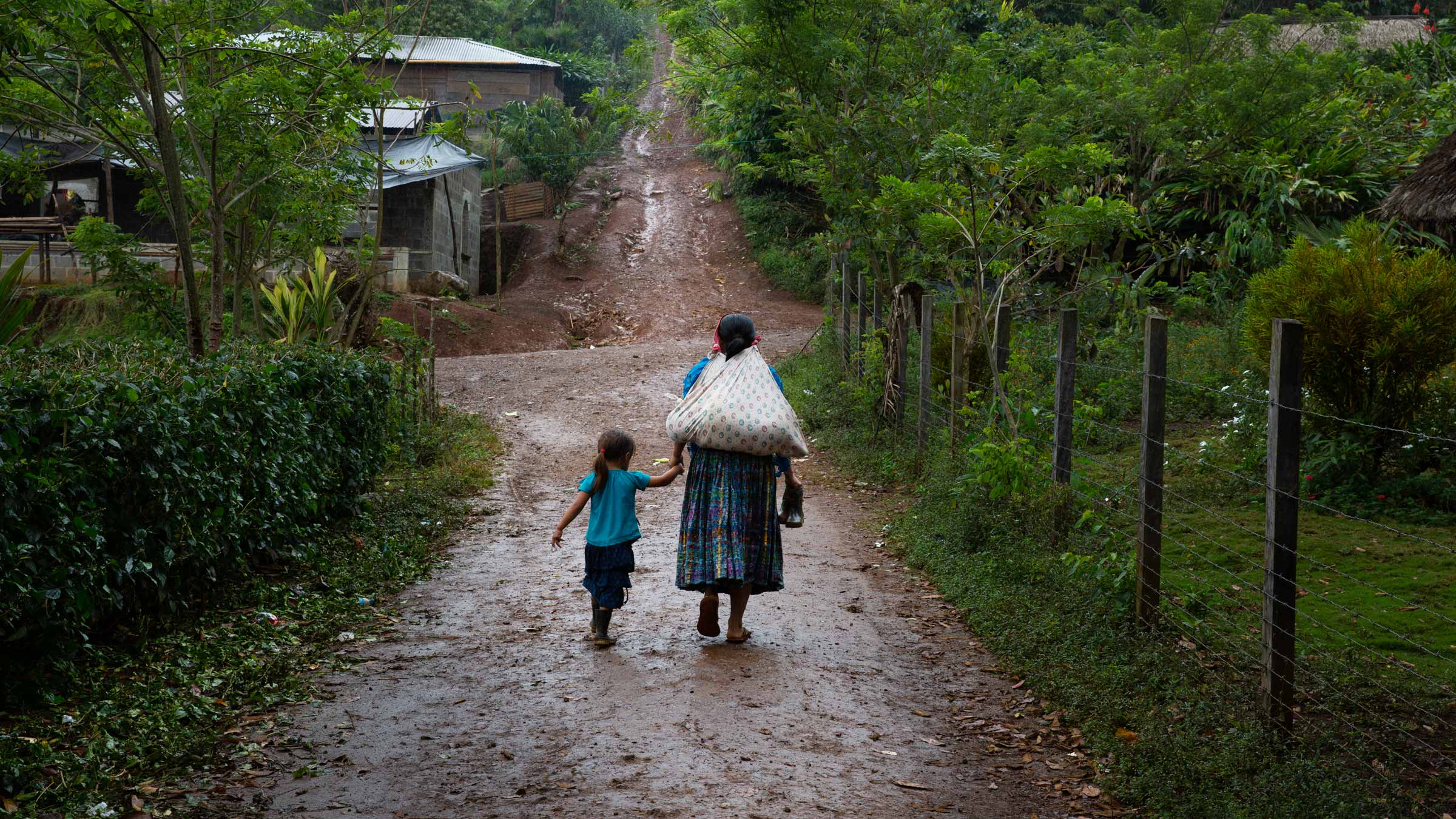
Jennifer Hoock visited the highlands of eastern Guatemala on a personal journey over two decades ago and left with a vision to create a nonprofit dedicated to improving the health of a whole community, and Guatemala Village Health (GVH) was born.
Dr. Hoock’s background in public health allowed her to recognize the healthcare needs in the Indigenous Mayan region she initially visited while adopting her daughter in 2012. She and her husband Sean started the nonprofit with the support of village leaders and many dedicated volunteers, it has grown to serve more than half of the 17 villages located north of Lake Izabal near the Honduras border.
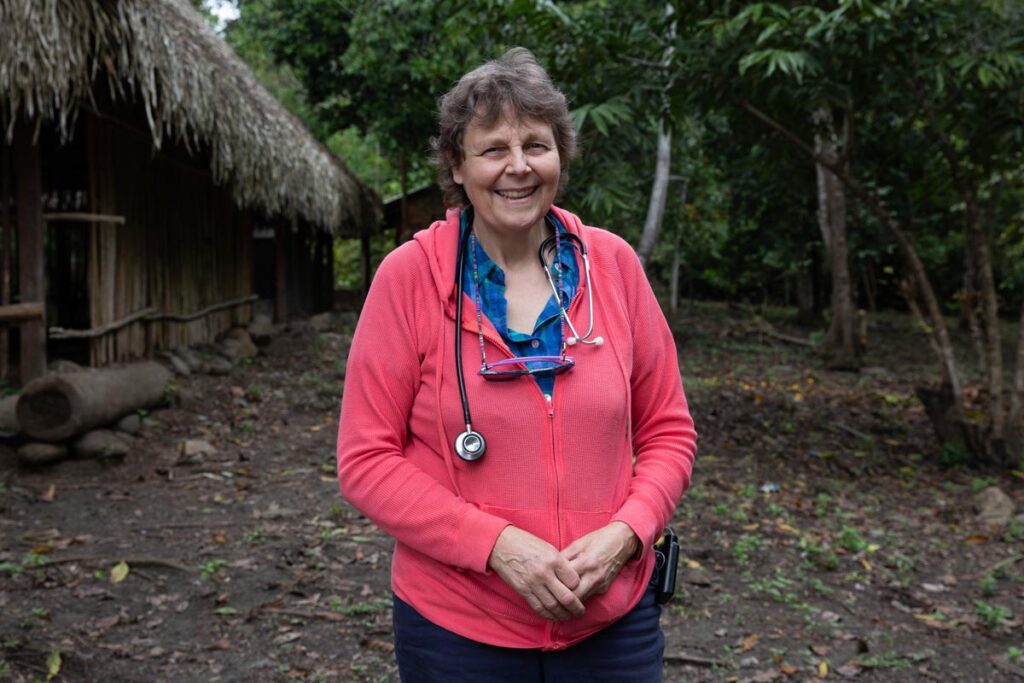
Jennifer, Guatemala Village Health
The Sierra de Santa Cruz mountains in Eastern Guatemala are home to approximately 10,000 inhabitants and descendants of an ancient Mayan civilization. Indigenous Peoples make up 43% of the Guatemalan population.1 Yet, they represent a disproportionately high 65% of all maternal deaths.2 Additionally, Guatemala has the highest rate of chronic childhood malnutrition in the Western Hemisphere – often exceeding 80% of the population. Malnutrition leads to stunted growth and poor brain development, which can negatively impact academic and economic potential over a lifetime.3

Guatemala Village Health resourcefully addresses these needs by setting up biannual mobile health clinics within the Sierra de Santa Cruz communities. The organization is working to open a permanent clinic in a centrally located village next year to serve even more women and children.
Most homes in the communities are off-the-grid, with no electricity, running water, or toilets. Some have gravity-fed water coming into the house. The remote location, flooding roads, and lack of health education have made it difficult for the villages to escape malnutrition. Guatemala Village Health’s work doesn’t stop at piloting health clinics; they introduce solutions to a variety of problems, including smokeless stoves to make healthy cooking easier, permaculture to educate the locals on increasing food production, and even erecting a tower to bring internet access to the schools.
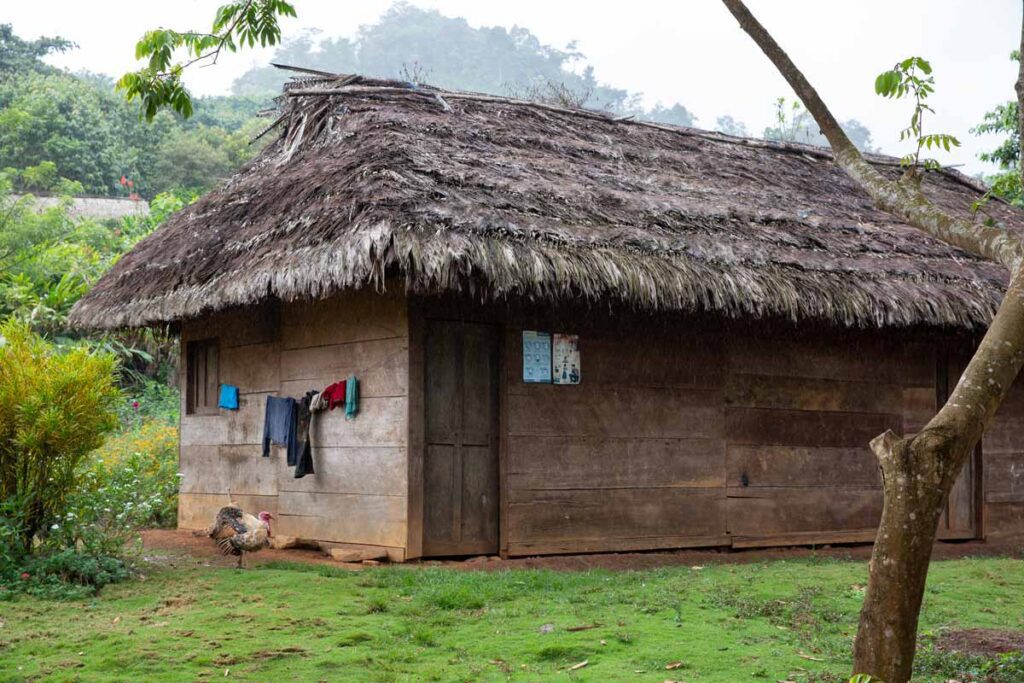
Another integral part of GVH’s work is health education. The organization’s on-the-ground leader, Samuel, worked in the villages prior to Jennifer and Sean’s arrival. Samuel and his devoted team continue to work with each community’s health promoter (established by the Ministry of Health) and with the Comadronas (the Maya traditional midwives) to train and deliver services and education to protect the health of mothers and children of the community. Personal hygiene, nutrition, and family planning are some of the topics covered by the GVH team, with the eventual goal to work themselves out of each community as health improves.
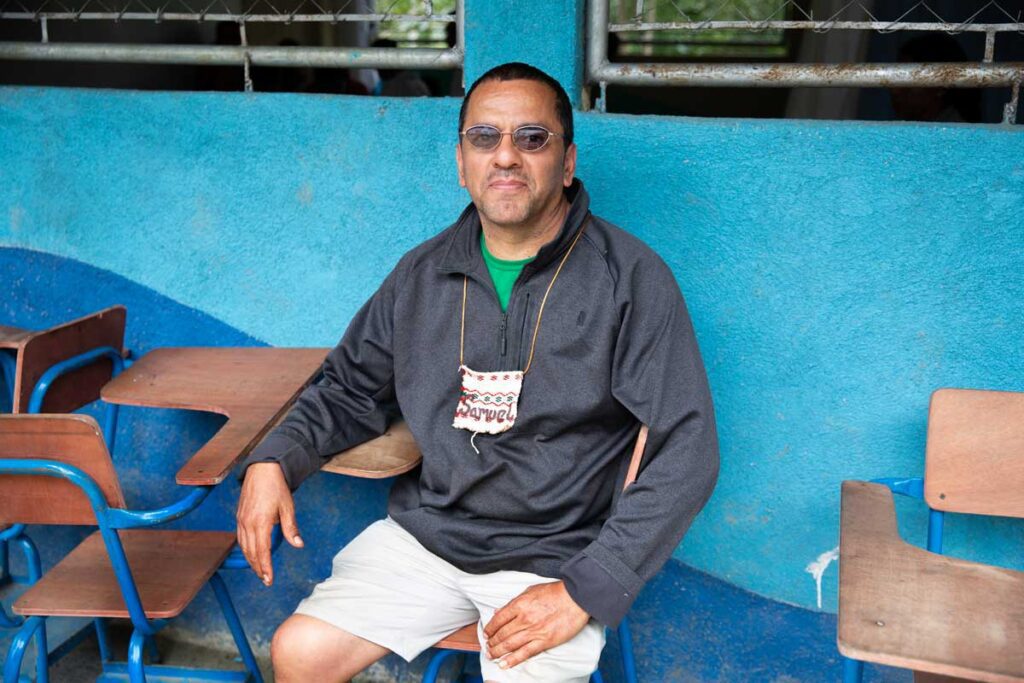
Samuel, Guatemala Village Health
The Mayan diet in this part of Guatemala consists primarily of corn, rice, beans, vegetables, and occasionally, a little protein from chickens, ducks, turkeys, and pigs – although the pigs are mostly sold at the market for income. Citrus, edible tubers like malanga, and an ancient Mayan gourd called whiski or chayote are also dietary staples. Although it’s a relatively balanced vegetarian diet, the fungus Aflatoxin, which grows on beans and corn during storage, can cause an infection that prevents nutrient absorption, explains Jennifer.
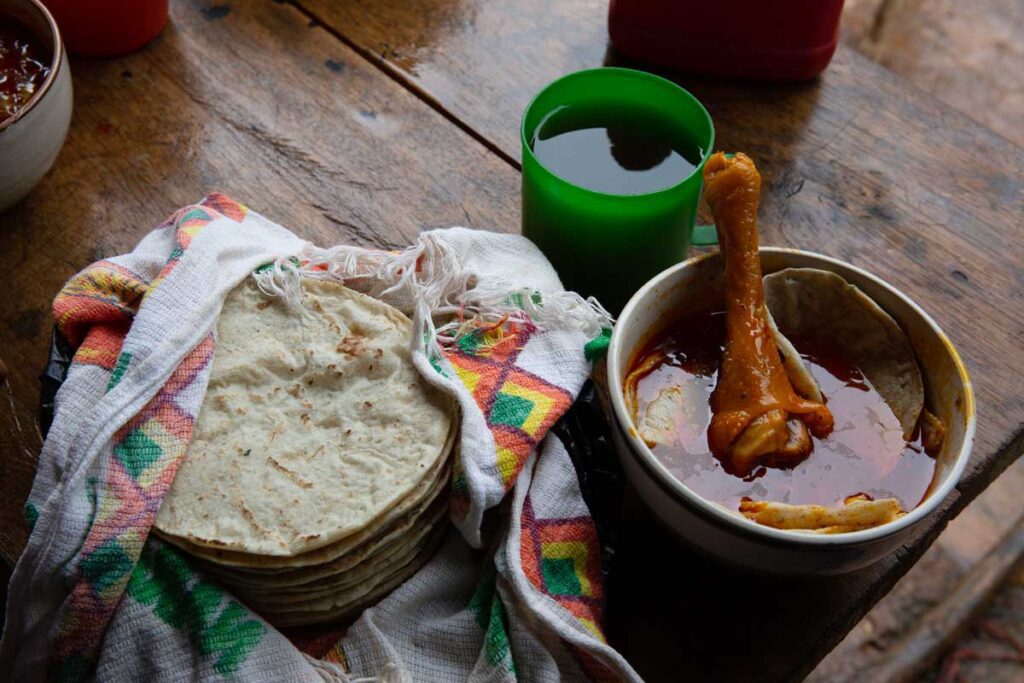
A typical meal
It definitely plays into the availability of folic acid and iron, because beans are high in those [nutrients]…rice has iron in it, but they just don’t get as much nutrition from them as they
– Jennifer, Guatemala Village Health
should.
In addition, the infiltration of processed foods like chips, soda, and candy has made its way into the village tiendas (neighborhood markets). These inexpensive, convenient snacks are popular with kids. Meanwhile, healthier, whole foods often require refrigeration, which the villages do not have. Vitamin Angels supplies GVH with Vitamin A and Albendazole to help address childhood malnutrition and MMS (prenatal vitamins and minerals) to help fill the dietary gaps, particularly for pregnant women. Distributed at the health clinics and promoted by the Comadronas, these proven nutrition interventions are an important tool for organizations like Guatemala Village Health to make a difference in the health of communities like those in the Department of Izabal.
Prenatal vitamins & minerals are really the only source they have of folic acid. They’re deficient of iron. We see a lot of anemia. It helps with the deficiency of vitamin A [and] zinc. Those are probably the biggest components. But yeah, it’s essentially been a game changer.
– Jennifer, Guatemala Village Health
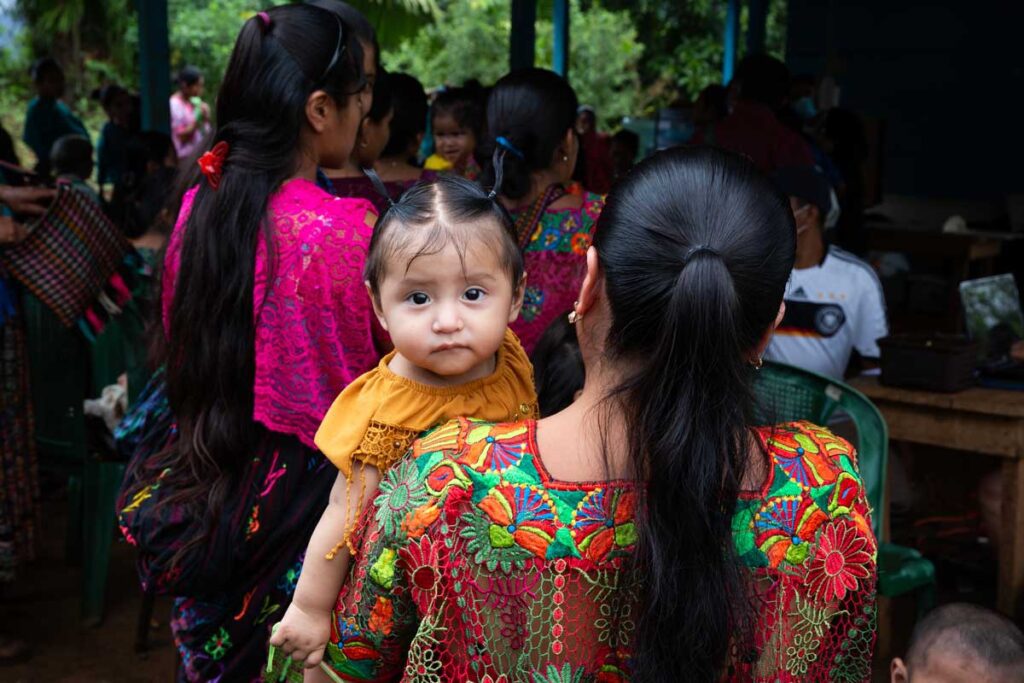
Selena and her daughter, Betzabe at a GVH health clinic
1https://www.censopoblacion.gt/
